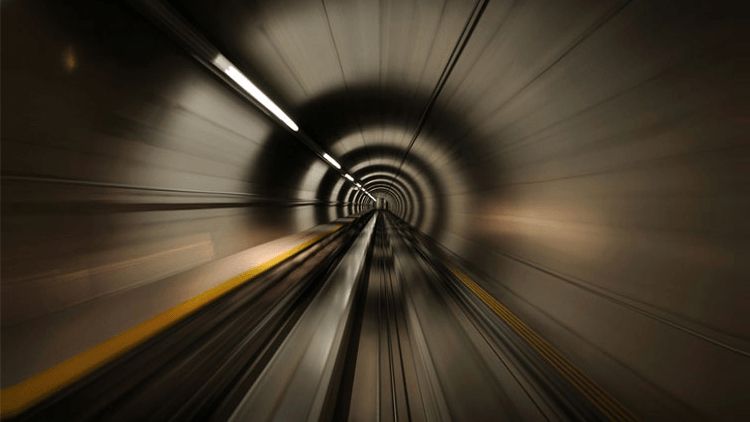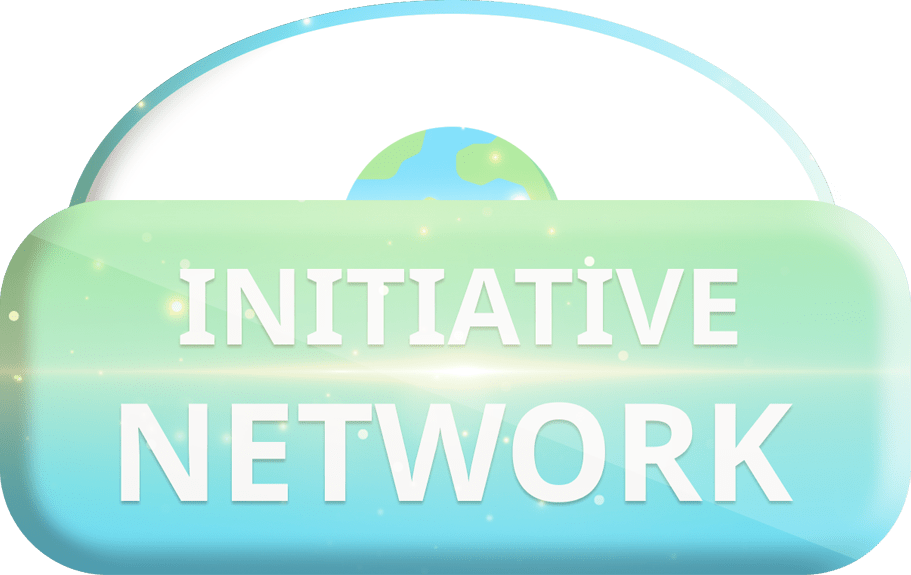Tunnel vision, a cognitive bias characterized by narrow and restricted thinking, can significantly impact decision-making, problem-solving, and overall perspective. This phenomenon occurs when individuals become overly focused on a specific goal, task, or perspective, to the exclusion of alternative viewpoints or opportunities. Let’s delve into the nature of tunnel, its causes, consequences, and strategies for mitigating its effects in various aspects of life.

Tunnel Vision
Understanding Tunnel Vision:
- Definition: Tunnel vision refers to a cognitive bias in which individuals become excessively focused on a singular goal, idea, or perspective, leading to a narrowed field of attention and limited awareness of alternative possibilities or solutions.
- Causes: Tunnel vision can arise from various factors, including stress, time constraints, confirmation bias, and entrenched beliefs or expectations. External pressures, such as deadlines or performance expectations, may also contribute to the development of tunnel vision.
Effects of Tunnel Vision:
- Missed Opportunities: Individuals experiencing tunnel may overlook valuable opportunities, solutions, or perspectives that lie outside their narrow focus. This can result in suboptimal decision-making and missed chances for innovation or growth.
- Reduced Creativity: Tunnel vision inhibits creative thinking and problem-solving by restricting the range of ideas and possibilities considered. When individuals are fixated on a single approach or solution, they may fail to explore alternative strategies or unconventional perspectives.
- Impaired Decision-Making: Tunnel can impair decision-making by limiting individuals’ ability to weigh alternatives, assess risks, and anticipate consequences. Decisions made under the influence of tunnel may be shortsighted or biased, leading to unintended outcomes or setbacks.

Tunnel Vision
Overcoming Tunnel Vision:
- Awareness: The first step in overcoming tunnel vision is to recognize when it is occurring. Increasing self-awareness and mindfulness can help individuals identify when they are becoming overly fixated on a single goal or perspective.
- Seeking Diverse Perspectives: Actively seeking out diverse perspectives and feedback can counteract tunnel by exposing individuals to alternative viewpoints and ideas. Collaboration with others who offer different insights or experiences can broaden one’s perspective and foster creative thinking.
- Practicing Flexibility: Cultivating flexibility and adaptability in thinking is essential for mitigating the effects of tunnel vision. Being open to new information, adjusting strategies as needed, and embracing uncertainty can help individuals navigate complex challenges and seize unexpected opportunities.
- Setting Aside Time for Reflection: Allocating time for reflection and introspection allows individuals to step back from their immediate tasks or goals and gain a broader perspective. Engaging in activities such as journaling, meditation, or regular check-ins with mentors can facilitate self-reflection and break the cycle of tunnel.
Tunnel vision is a common cognitive bias that can impede decision-making, problem-solving, and overall effectiveness in various domains of life. By understanding the causes and consequences of tunnel vision and employing strategies to overcome its limitations, individuals can broaden their perspective, foster creativity, and make more informed decisions. Cultivating awareness, seeking diverse perspectives, practicing flexibility, and setting aside time for reflection are essential steps in mitigating the effects of tunnel and navigating complex challenges with clarity and resilience.
Exploring the Pros and Cons of Tunnel Vision
Tunnel vision, a cognitive bias characterized by narrow and focused attention on a particular goal or perspective, can have both advantages and disadvantages in various aspects of life. While it can enhance concentration and drive towards achieving specific objectives, it may also lead to missed opportunities and limited perspectives. Let’s delve jpslot into the strengths and weaknesses of tunnel, examining its impact on decision-making, problem-solving, and overall effectiveness.

Tunnel Vision
Advantages of Tunnel Vision:
- Enhanced Focus: Tunnel vision allows individuals to concentrate their attention and efforts on a specific goal or task without distractions. This intense focus can increase productivity and efficiency, leading to greater progress and accomplishments in a shorter period.
- Clarity of Purpose: Tunnel provides clarity of purpose and direction, helping individuals stay committed to their goals despite challenges or setbacks. By maintaining a singular focus, individuals can channel their energy towards achieving their objectives with determination and perseverance.
- Goal Attainment: Tunnel vision can facilitate goal attainment by eliminating distractions and irrelevant information that may detract from the primary objective. Individuals experiencing tunnel are more likely to stay on track and make steady progress towards their goals, resulting in tangible achievements.
Disadvantages of Tunnel Vision:
- Missed Opportunities: One of the significant drawbacks of tunnel vision is its propensity to overlook alternative perspectives, solutions, or opportunities. Individuals focused narrowly on a specific goal may fail to recognize valuable insights or possibilities that lie outside their immediate focus, leading to missed opportunities for innovation or growth.
- Limited Creativity: Tunnel vision inhibits creativity and innovation by restricting the range of ideas and possibilities considered. When individuals are overly fixated on a singular approach or solution, they may overlook unconventional or creative alternatives that could lead to breakthroughs or improvements.
- Impaired Decision-Making: Tunnel can impair decision-making by limiting individuals’ ability to assess risks, weigh alternatives, and anticipate consequences. Decisions made under the influence of tunnel may be shortsighted or biased, resulting in unintended outcomes or negative consequences in the long run.
Balancing Tunnel Vision:
- Awareness: Recognizing when tunnel is occurring is the first step in mitigating its disadvantages. Increasing self-awareness and mindfulness can help individuals identify when they are becoming overly fixated on a single goal or perspective, allowing them to adjust their approach as needed.
- Seeking Diverse Perspectives: Actively seeking out diverse perspectives and feedback can counteract tunnel by exposing individuals to alternative viewpoints and ideas. Collaboration with others who offer different insights or experiences can broaden one’s perspective and foster creative thinking.
- Flexibility and Adaptability: Cultivating flexibility and adaptability in thinking is essential for mitigating the effects of vision. Being open to new information, adjusting strategies as needed, and embracing uncertainty can help individuals navigate complex challenges with clarity and resilience.
Conclusion:
Tunnel vision has both advantages and disadvantages, depending on the context and goals involved. While it can enhance focus, clarity of purpose, and goal attainment, it may also lead to missed opportunities, limited creativity, and impaired decision-making. By balancing the benefits of tunnel vision with strategies to mitigate its drawbacks, individuals can harness its strengths while maintaining flexibility, creativity, and openness to new possibilities. Ultimately, cultivating awareness, seeking diverse perspectives, and embracing adaptability are key to navigating the complexities of tunnel effectively.
Read More Article About “Dining Experience Delights: Exploring the World Fine Dining“



